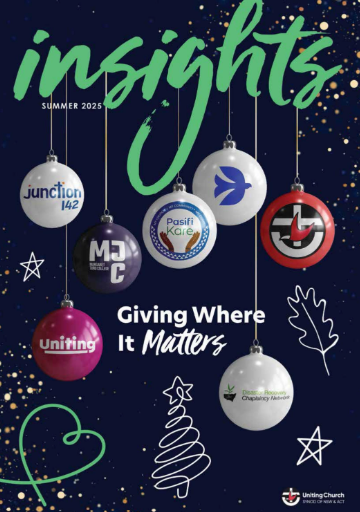Public optimism about the future of the world is on a concerning downturn, according to the latest 2025 Australian Community Survey from NCLS Research. Only 19 % of Australians say they feel “hopeful” or “very hopeful” about what lies ahead, while a striking 44 % describe themselves as “low in hope.”
The survey marks a notable decline from the 2024 figures, when 24 % of respondents expressed hope. In just one year, the share of hopeful Australians has shrunk by nearly a quarter.
“I am worried for my children and grandchildren.”
“It’s very hard to be hopeful.”
“I really fear for humanity and nature … Should we think this way?”
These direct responses underscore that the drop in hope is more than a statistic—it is a lived sentiment among many Australians.
What’s Driving the Decline?
The survey does not explicitly pinpoint causes but suggests several likely contributors:
- Cumulative global pressures: Climate change, economic volatility, geopolitical tensions, and environmental degradation can overwhelm individuals’ sense of control and possibility.
- Information saturation & negativity bias: In an age of constant news streaming, alarming headlines often dominate the narrative, skewing collective perception toward crisis.
- Intergenerational anxiety: Many of those surveyed expressed concern about future generations—especially children and grandchildren—indicating that dread about what lies ahead is a powerful factor.
- Psychological weariness: Sustained exposure to systemic challenges—pandemics, climate extremes, social polarization—can erode resilience, making hope harder to sustain over time.
NCLS frames hope not as passive optimism, but as a “skill,” a posture of engaged expectation that must be actively cultivated.
Why This Matters
The decline in hope has implications far beyond individual mood:
- Mental health: Hope is a buffer in adversity; low hope correlates with anxiety, fatigue, and a sense of helplessness.
- Civic life and engagement: When people see fewer possibilities for change, they may withdraw from civic participation, social action, or community-building.
- Cultural and spiritual vitality: For many communities, hope undergirds meaning-making, moral striving, and a sense of collective purpose.
At scale, a society with low hope risks sliding into resignation—a dangerous condition for democracy, innovation, and social resilience.
Paths Toward Rebuilding Hope
Despite the stark figures, recovery is possible. Some potential strategies include:
- Elevating hopeful narratives
Media, schools, faith communities, and civil society can balance problem-focused messaging with stories of possibility, innovation, and local transformation. - Supporting agency through action
Local, tangible efforts—neighbourhood projects, volunteer initiatives, community gardens—help people see their capacity to affect change. - Strengthening relational bonds
Hope often grows in community. Shared purpose, mutual encouragement, and cross-generational connection matter. - Cultivating longer-term thinking
Policies, practices, and institutions oriented toward future generations (e.g., sustainability planning, intergenerational decision-making) can nurture a sense that tomorrow matters. - Integrating reflective practices
Spiritual or contemplative practices—prayer, meditation, storytelling, arts—can orient minds and hearts toward possibility and resilience.
Looking Ahead
The NCLS data offers a sobering snapshot—but also an urgent call. If hope is a skill, then it can be strengthened. Addressing systemic challenges, yes—but also investing in cultural, relational, and imaginative repair. The stark numbers demand more than awareness; they demand renewed effort to reclaim possibility, community, and the courage to build toward better days.






